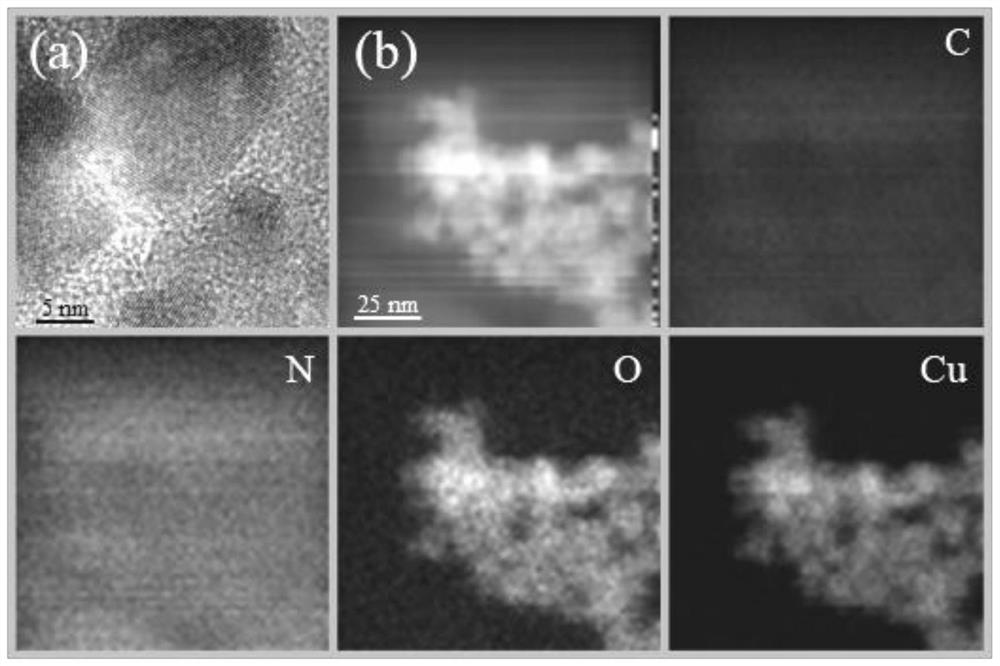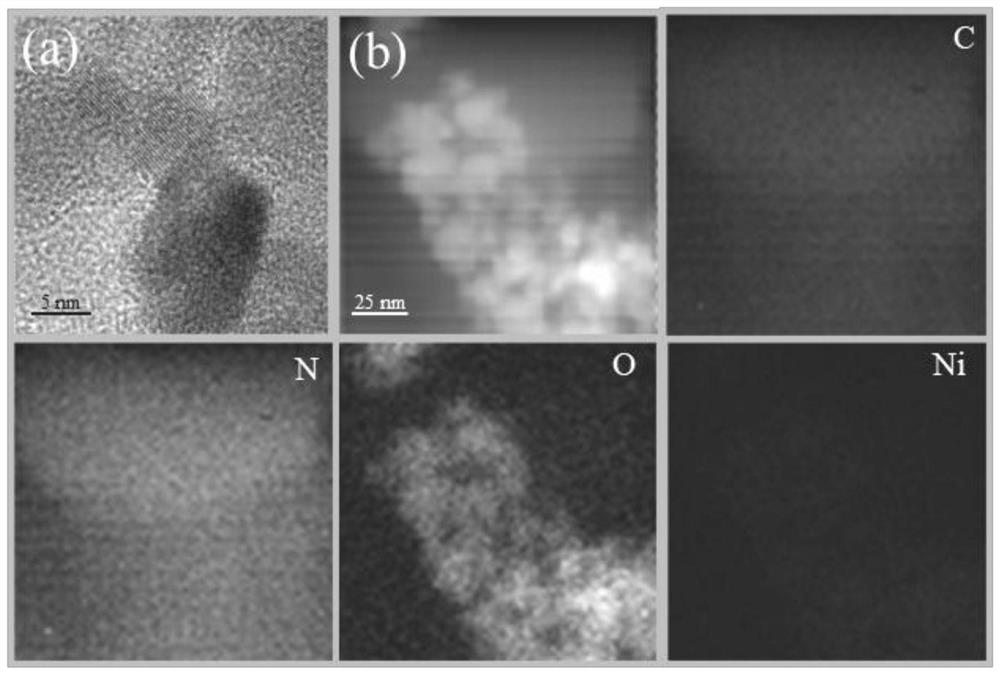Application of adsorbed-desorbed waste biochar in degrading persistent organic pollutants by activating persulfate
A technology for activating persulfate and organic pollutants, applied in water pollutants, physical/chemical process catalysts, metal/metal oxide/metal hydroxide catalysts, etc., can solve the problems that biochar cannot be effectively treated, and achieve High ability to activate persulfate, good recycling, environmental protection effect
- Summary
- Abstract
- Description
- Claims
- Application Information
AI Technical Summary
Problems solved by technology
Method used
Image
Examples
preparation example Construction
[0043] The preparation of biogas residue biochar in the embodiment:
[0044] (1) Soak the biogas residue after anaerobic fermentation in tap water for 24 hours, drain, wash with deionized water three times, let it dry in an oven at 105°C, and pass through a 100-mesh sieve after crushing and sieving for later use.
[0045] (2) Take 10 g of dry biogas slag powder and put it into a porcelain boat for compaction, put it into a tube furnace, raise the temperature to 700 °C at a rate of 10 °C / min under a nitrogen atmosphere, keep it warm for 2 hours, and bring it to room temperature. After taking it out, soak it with 1mol / L HCl for 12h, then wash it with deionized water until neutral, and finally dry it at 70°C to obtain biogas residue charcoal.
Embodiment 1
[0047] The application of the waste biochar after adsorption-desorption in activating persulfate to degrade persistent organic pollutants, the waste biochar is biochar with a mass percentage of Cu ions of 3% after three adsorption-desorption of Cu ions Slag biochar, the application steps are as follows:
[0048] Using the waste biochar after adsorption-desorption as a catalyst, add the waste biochar after adsorption-desorption into the organic pollutant wastewater, and add persulfate at the same time. The dosage of persulfate is 1mmol / L. The temperature is 28°C, and the pH is 2.0 to 11.0 under the condition of shaking. It degrades and removes persistent organic pollutants in wastewater. The mass volume ratio of catalyst to organic pollutant wastewater is 1:10, and the unit is g / L.
Embodiment 2
[0050] The same as the application of the waste biochar after adsorption-desorption described in Example 1 in activating persulfate to degrade persistent organic pollutants, the difference is that the mass volume ratio of catalyst to organic pollutant wastewater is 1:20, and the unit : g / L.
PUM
| Property | Measurement | Unit |
|---|---|---|
| particle diameter | aaaaa | aaaaa |
Abstract
Description
Claims
Application Information
 Login to View More
Login to View More - R&D
- Intellectual Property
- Life Sciences
- Materials
- Tech Scout
- Unparalleled Data Quality
- Higher Quality Content
- 60% Fewer Hallucinations
Browse by: Latest US Patents, China's latest patents, Technical Efficacy Thesaurus, Application Domain, Technology Topic, Popular Technical Reports.
© 2025 PatSnap. All rights reserved.Legal|Privacy policy|Modern Slavery Act Transparency Statement|Sitemap|About US| Contact US: help@patsnap.com



